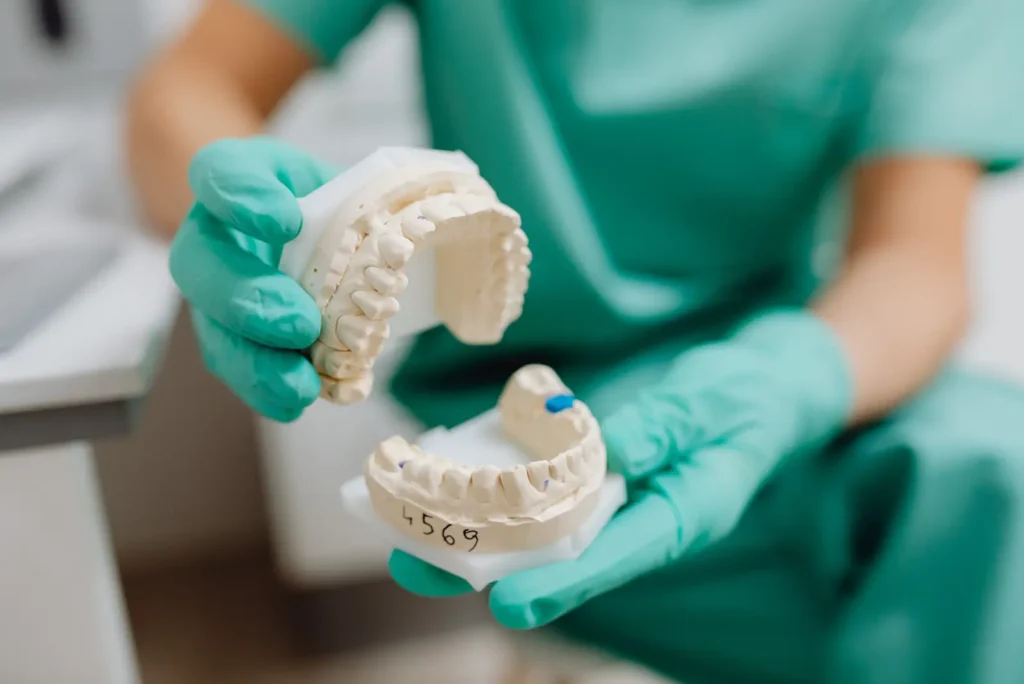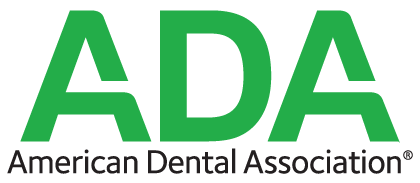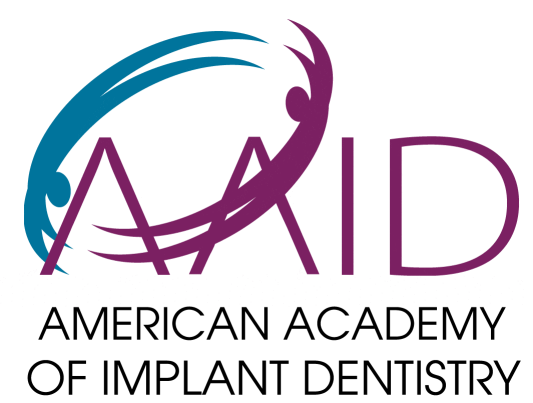Extraction therapy vs. non-extraction therapy decisions depend on multiple clinical factors including tooth crowding severity, overall oral health, jaw size, and individual patient preferences and lifestyle needs. Dentists choose extraction therapy for cases involving severe crowding, damaged teeth, or insufficient jaw space, while non-extraction therapy using braces or aligners works best for mild to moderate alignment issues where all teeth can be preserved and properly positioned.
Choosing between extraction and non-extraction therapy is like chess – every move must be strategically planned for the best outcome. At Lansdowne Family Dental, our experienced team carefully evaluates several critical factors before making this important orthodontic decision that will shape your smile transformation.
Key factors influencing the treatment choice include:
- Tooth condition assessment to identify severely crowded or misaligned teeth
- Overall oral health evaluation including potentially problematic teeth
- Jaw size analysis to determine if there’s adequate space for all teeth
- Personal lifestyle considerations and patient preferences for treatment approach
However, the decision extends beyond clinical considerations alone. Our doctors also consider your lifestyle, personal preferences, and specific concerns because we understand that everyone is unique. There’s no one-size-fits-all solution, so our treatment plans at Lansdowne Family Dental are designed to match your individual needs while aiming for optimal comfort and the best possible outcome.

What is extraction therapy?
Extraction therapy, as the name suggests, is the removal of one or more teeth. The process of extraction therapy is a careful one. It is considered only when the situation demands it, such as severe crowding.
Our team at Lansdowne Family Dental will consider several factors – the severity of the misaligned teeth (malocclusion), the size of the top and bottom sets of teeth, the relationship between your jaws, and the available space for tooth movement. We also consider your overall facial profile and what’s needed for a healthy bite. Only after a thorough evaluation do we recommend extraction as a treatment option.
Benefits of Extraction Therapy
Extraction therapy offers several benefits. It creates space for proper teeth alignment, making it easier to maintain good oral hygiene and reducing the risk of tooth decay and gum disease. It can also improve your facial appearance by balancing your profile and alleviating discomfort from overcrowded or impacted teeth. Additionally, extraction therapy can prepare your mouth for other dental procedures like orthodontic treatment, dentures, or dental implants by removing damaged or decayed teeth.
Will extraction change the shape of my face?
Extraction can lead to slight changes in facial structure, but these are generally minimal and often enhance the overall facial balance. The goal of any orthodontic treatment, including extraction, is to improve your smile and facial harmony. Lansdowne Family Dental, we consider the potential impact on your facial aesthetics before recommending any treatment.
What is Non-extraction Therapy?
Flipping the script, we have non-extraction therapy. Instead of removing any teeth, we’ll be working with what you’ve got, using the existing space in your mouth. The doctor will use different techniques to create more room for tooth movement, ensuring you get the best smile possible without having to bid farewell to any of your pearly whites.
Benefits of Non-extraction Therapy
Non-extraction therapy is often the preferred choice when solving mild to moderate crowding, the facial profile or upper and lower jaws are well-balanced and aligned, and your bite is stable and functional. There are many benefits of non-extraction therapy. It’s a less intrusive option, maintains the natural relationship between your teeth and lips, and often requires less treatment and recovery time.
Which Therapy Works Better?
Choosing between extraction and non-extraction therapy is a lot like solving a puzzle; every piece must fit perfectly for the best result. Our expert dentists in Lansdowne Family Dental, carefully consider several factors before making this decision.
First, the dentist examines the condition of your teeth. Extraction therapy might be the most effective solution for severe crowding or substantial misalignment. On the other hand, if your issues are moderate, non-extraction therapy using braces or aligners might suffice.
Secondly, he assesses your overall oral health. For example, if you have an unhealthy tooth that appears likely to cause problems in the future, extracting it as part of the dental treatment plan might be more beneficial.
Lastly, Doctor looks at the size of your jaw. He compares it with the size and position of your teeth. If the jaw is too small to accommodate all your teeth comfortably, extraction might be necessary to ensure a healthy and beautiful smile.
However, it’s not just about clinical considerations. Doctor also considers your lifestyle, personal preferences, and concerns. We understand that everyone is unique, and there’s no one-size-fits-all solution. So, our treatment plans are designed to match your needs, always aiming for the highest level of comfort and the best outcome.
Conclusion
While patient preferences are important, the choice between extraction and non-extraction therapy is primarily a clinical decision based on the condition of your teeth, the extent of misalignment, and overall oral health. Our dentists at Lansdowne Family Dental will discuss all viable options with you. You will be involved in decision-making.






